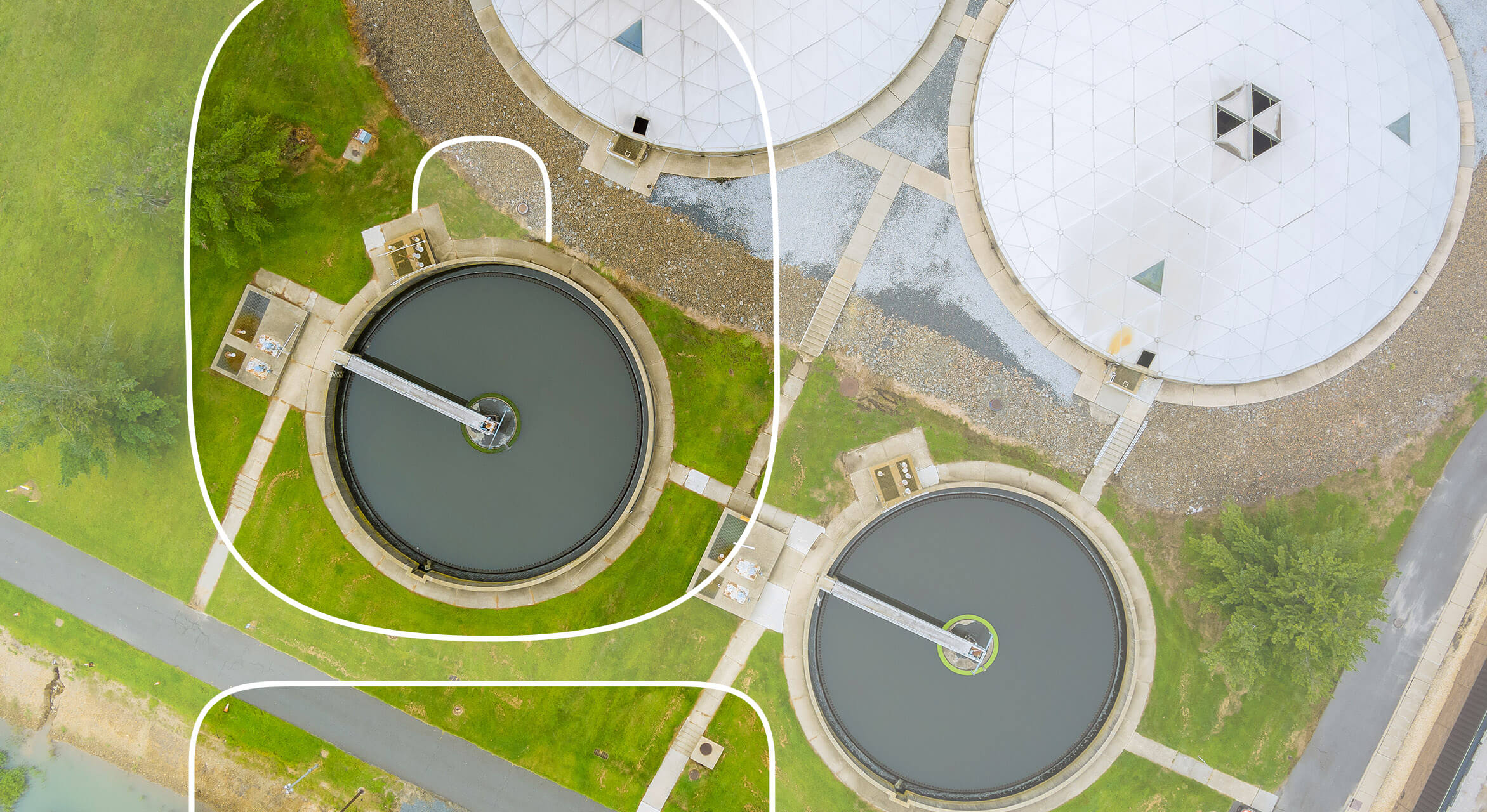Expert Advice on Designing Tailored Wastewater Management Plans
Wiki Article
Recognizing Wastewater Treatment Processes and Their Ecological Influence
The ins and outs of wastewater therapy procedures play an essential function in mitigating environmental difficulties associated with water pollution. Each stage, from preliminary to advanced therapies, is designed to address specific contaminants, inevitably guarding both public wellness and water environments.Introduction of Wastewater Treatment
How is wastewater changed right into a secure source for the atmosphere? Wastewater treatment is a crucial process designed to get rid of pollutants from utilized water, thus safeguarding public wellness and securing communities. This process starts with the collection of wastewater from household, commercial, and industrial sources, which is then directed to therapy facilities.At these facilities, different physical, chemical, and biological methods are employed to deal with the wastewater. Preliminary screening removes large debris, followed by sedimentation to different larger solids. Ultimately, biological therapies, such as activated sludge processes, use microorganisms to break down organic matter. These techniques not only minimize pollutant levels however likewise facilitate the recovery of valuable nutrients.
The treated effluent can be safely released right into natural water bodies or reused for watering and commercial purposes, promoting source preservation. Additionally, the therapy procedure generates biosolids, which can be repurposed as fertilizers or dirt modifications, further improving sustainability.
Phases of Therapy Procedures
The wastewater treatment process normally includes 3 key phases: preliminary, main, and additional therapy. Each phase serves a distinct function in lowering the pollutant load and making certain the effluent meets environmental requirements prior to discharge.
The primary therapy phase concentrates on the physical splitting up of put on hold solids from the wastewater. Via sedimentation, larger fragments clear up at the base of sedimentation containers, developing sludge, while lighter materials, such as oils and greases, float to the surface and are skimmed. This procedure dramatically lowers the natural and not natural tons in the wastewater.
Second treatment is an organic procedure aimed at more decreasing the focus of natural matter. This phase is vital for achieving the essential biochemical oxygen demand (BOD) decrease, ultimately leading to cleaner effluent all set for discharge or additional therapy.

Advanced Therapy Technologies
Following the second treatment procedures, advanced treatment modern technologies play a crucial role in more enhancing the top quality of treated wastewater. These innovations are designed to eliminate recurring contaminants that are not successfully eliminated during key and secondary treatments, making certain the effluent meets rigid governing standards.Amongst the extensively utilized sophisticated therapy methods are membrane filtering, reverse osmosis, and progressed oxidation processes. Membrane filtering, consisting of microfiltration and ultrafiltration, is effective in separating fine fragments, pathogens, and colloids from the water (Wastewater). Reverse osmosis see this here uses semi-permeable membrane layers to get rid of liquified solids, resulting in top notch water ideal for various applications
Advanced oxidation processes (AOPs) employ strong oxidants to break down natural toxins, consisting of drugs and personal care products that are resistant to conventional treatment. These techniques improve the biodegradability of complicated substances, promoting their elimination.
One more considerable modern technology is making use of organic nutrient elimination procedures, which especially target nitrogen and phosphorus, protecting against eutrophication in obtaining water bodies. Overall, advanced therapy modern technologies are essential for achieving greater degrees of filtration, advertising water reuse, and securing public health and wellness while dealing with the difficulties related to wastewater management.
Environmental Advantages of Therapy
Countless ecological benefits occur from effective wastewater therapy procedures that add to ecosystem health and wellness and sustainability. read what he said Mainly, these processes significantly lower the launch of damaging contaminants into all-natural water bodies, which assists maintain marine ecological communities. By getting rid of pollutants such as heavy steels, nutrients, and microorganisms, treated wastewater mitigates the threat of waterborne illness and promotes biodiversity in aquatic atmospheres.Moreover, wastewater therapy facilities often use sophisticated modern technologies that allow water recycling and reuse. This practice not just conserves fresh water resources yet likewise reduces the need on natural water materials. Enhanced nutrient elimination from wastewater can likewise protect against eutrophication, a process that brings about algal flowers and subsequent oxygen exhaustion in water systems.
Furthermore, effective therapy processes can reduce greenhouse gas discharges, particularly methane and laughing gas, which are typically launched during unattended wastewater decomposition. By recording and utilizing biogas from anaerobic digesters, facilities can transform waste right into sustainable power, thereby adding to a decrease in fossil fuel reliance.
Obstacles and Future Trends
While the environmental advantages of wastewater therapy are clear, several difficulties linger that hinder ideal end results in this area. One major issue is maturing framework, which often results in inadequacies and increased operational expenses - Wastewater. Lots of therapy plants were made decades ago, and their abilities do not line up with modern-day needs, that include stricter regulatory requirements and higher volumes of wastewater because of urbanization
Looking ahead, there is an expanding focus on resource recuperation and circular economy concepts within wastewater therapy. Developments such as anaerobic food digestion, which can create biogas, and advanced purification innovations are gaining grip. These methods not just improve therapy effectiveness but additionally promote sustainability.
Inevitably, attending to these challenges needs collaboration amongst stakeholders, investment in modern technology, and a commitment to recurring research. By welcoming these patterns, the wastewater therapy industry can advance to meet the needs of a changing atmosphere and culture.
Final Thought
In final thought, wastewater therapy procedures play a crucial duty in boosting environmental quality and public health and wellness. The multi-stage therapy structure, combined with sophisticated technologies, efficiently minimizes air pollution and promotes sustainable water monitoring.Report this wiki page